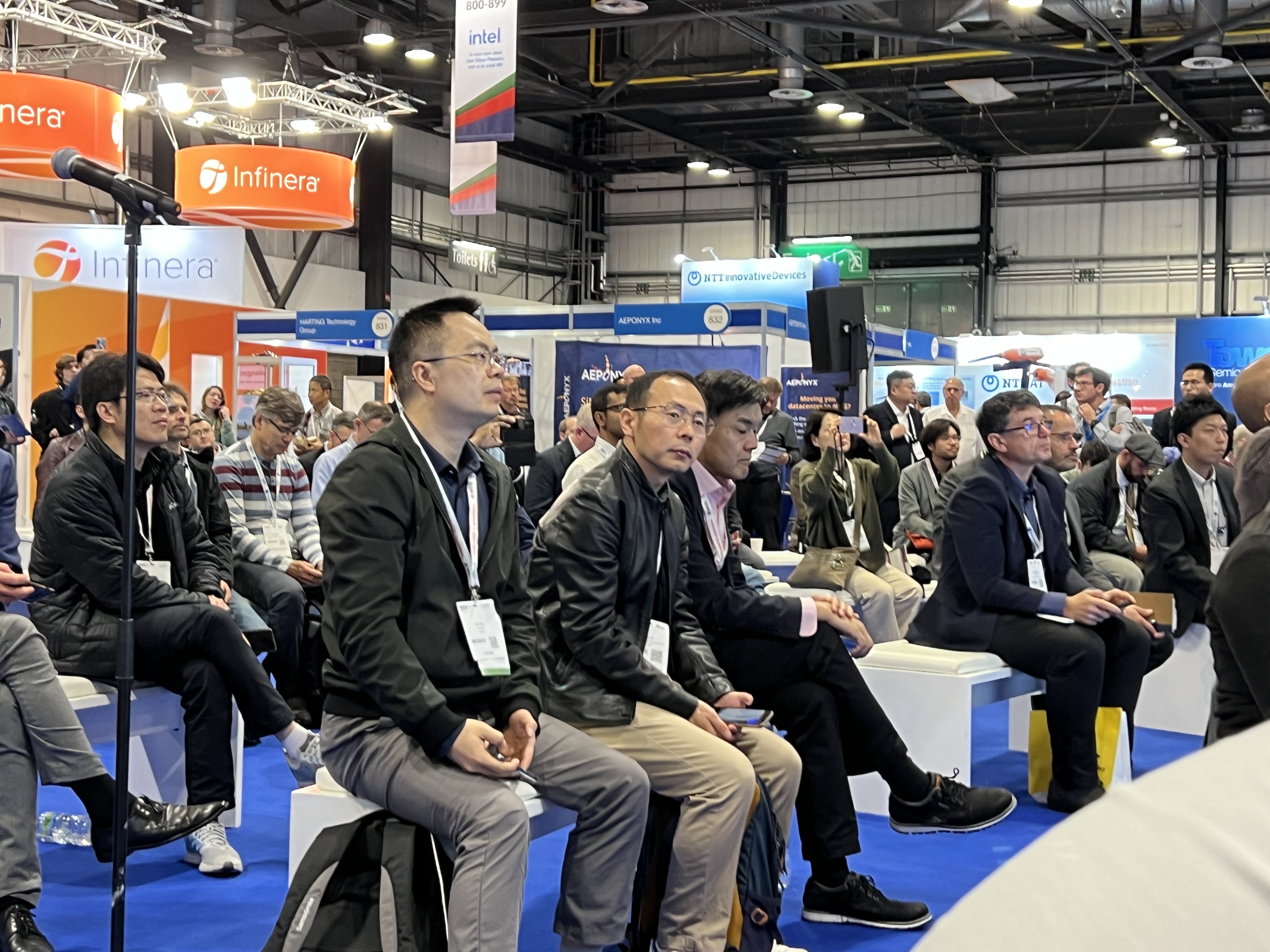The long game: Acacia's coherent vision
 Friday, January 31, 2025 at 10:05AM
Friday, January 31, 2025 at 10:05AM In 2007, Christian Rasmussen made a career-defining gamble. After attending a conference featuring presentations on coherent optical transmission, he returned home, consulted his family, and quit his job at Mintera, then an optical networking equipment maker.
 Christian Rasmussen
Christian Rasmussen
The technology he'd seen discussed promised to solve the transmission impairments associated with direct-detection-based optical transmission – chromatic dispersion and polarisation mode dispersion - that had stymied optical transport to go beyond 40 gigabits-per-second (Gbps).
"We came back and were completely excited that there was a technology that addressed all the problems that we had experienced firsthand," says Rasmussen, now Chief Technology Officer at Acacia.
His bet paid off. Acacia which he helped co-found in 2009, had a successful IPO in 2016 and would later be acquired by Cisco Systems for $4.5 billion in 2021.
 ADC,
ADC,  Acacia,
Acacia,  CIM 8,
CIM 8,  Christian Rasmussen,
Christian Rasmussen,  DAC,
DAC,  coherent DSP in
coherent DSP in  CTO interview,
CTO interview,  ECOC 2024
ECOC 2024  Print Article
Print Article 







